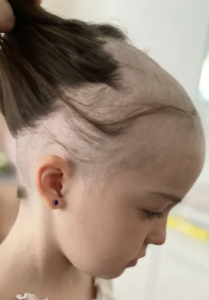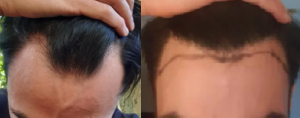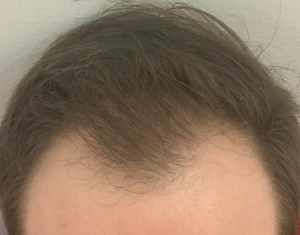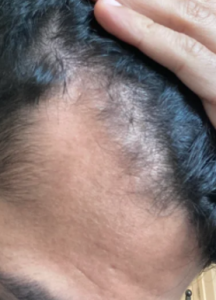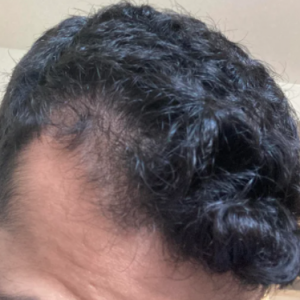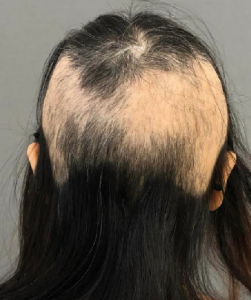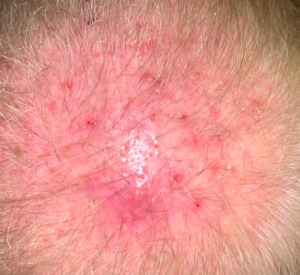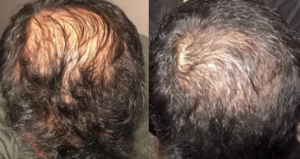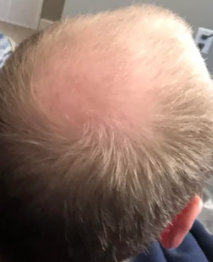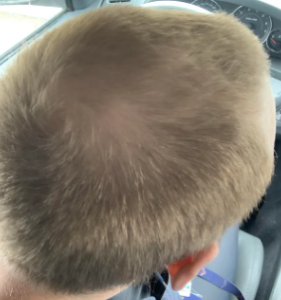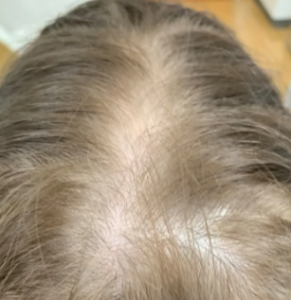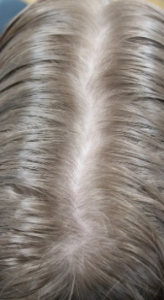It’s been reported that Dutasteride raises scalp Testosterone by nearly 100%. I don’t know if thats bro science or what. When I took fin for 10 years, my hair line didn’t move a cm. Since taking dut for 7 months, my hair line has went from a thick NW1 to an approaching NW2.5-NW3. I can see the pattern taking shape, although I’m about a NW1.5 now. Can Scalp Testosterone cause damage to hair follicles, particular the front where they may be more sensitive to T in general? Thinking of going back to fin and cutting my losses. Enough is enough
The model for hair loss is for DHT, which is a metabolite in the breakdown of testosterone by the body. Norwood Class 1 and 2 have juvenile hairlines and the leading edge of these hairlines do not respond to DHT blockers like finasteride, so using drugs to hold onto your juvenile hairline makes no sense and just will not work.

